A year and a half ago, I flew to Italy to learn about fascial manipulation by Medical Doctors Antonio Stecco MD and orthopedic surgeon Carla Stecco to learn how the STECCO model of myofascial release alleviates pain and dysfunctional movements in the musculoskeletal system. As the only practitioner in Kamloops, BC, certified and practicing this method, I would like to educate the community about this method, how it is applied and why it works. As I mentioned before in my post about Delayed onset muscle soreness post massage therapy, that there will usually be pain present with any injury and that I like to treat clients the same way I would like to be treated, and that is with enough pressure to know I was there with some mild tenderness the next day and a stimulated tissue response to healing. So……………….
What is fascia?
Often times,when I say I am a fascial manipulation practitioner, people assume I am treating there faces. This can be confusing if you have not heard of fascial manipulation before and the words are spelled the same but fascia has an S and is pronounced with a soft ‘A’. Whereas, the word facial, like when you are getting a facial, is pronounced with a hard ‘A’ and is lacking the ‘S’. Fascia is also a roofing or siding material which is similar to fascia of the body as they are both used to create the framework of either a house or soft tissue of the body. Now that that is cleared up, lets dig a little deeper.
Fascia is a soft connective tissue that plays an important role in proprioception and coordination of movement. Fascia functions to move segments of the body by enveloping joint capsules, tendons, ligaments, bones, organs and muscles. It is made up of collagen and elastic fibers, as well as cells called fibroblasts that secrete the chemical substance called hyaluronic acid. This substance provides the slippery membrane for muscles and joints to allow for slide and glide through contraction and relaxation phases. When muscles become over worked or repetitively used, fascia is also strained and loses the ability to secrete hyaluronic acid ( HA). When this happens, muscles are unable to slide and glide freely causing densifications or “knots”.
The STECCO Fascial Manipulation Model
Through years of intensive research by Dr. Carla and Antonio Stecco as well as their physiotherapist father, Luigi Stecco, it has been proven that areas of dysfunctional fascia can be modified by applying a mechanical force to stimulate the body’s natural inflammatory response. This process promotes healing through 3 stages. The inflammatory phase, proliferation phase, and remodeling phase. By stimulating the first phase to begin its process, the next phase will naturally begin and so on until the once injured tissue will become re-established to its hemeostatic state. During the inflammatory phase, inhibited fibroblasts are stimulated to secrete hyaluronic acid and therefore, re-establish the slide and glide between muscles.
The body moves in 3 planes of movement, frontal, sagittal, and horizontal. There are 6 points per body segment based on these planes of movement. To identify dysfunctional fascia, the STECCO model must first identify which plane of movement is affected which will help identify which point in that fascial plane is densified. Once located, each point (there usually is more than one) will be manipulated for up to 6 minutes in order to release and will feel initially sharp and can increase to a maximum, then the pain will rapidly decrease. Referring pain during this time may also be present. This is not a painless technique. The fascial system will first be assessed through movement then palpation before it is treated. Here is what my treatment plan looks like:
Medical history is acquired to treat safely and effectively.
Specific movements are preformed to recreate pain in order to help identify the area of dysfunctional fascia
Specific points on a few body segments are palpated in order to find densified and painful fascia
Once these points are identified, there may be more than one, they are treated with manual therapy
Movements preformed at the beginning of treatment will be preformed again to reassess changes made to the fascial system.
What to expect after treatment?
Redness and tenderness will be felt due to the body’s inflammatory response. Symptoms may worsen after 10 minutes and last for 48 hours. Improvements will ensue over 5 days.
Homecare to assist healing response
Apply heat to areas treated for 10 minutes daily to help diminish tenderness. Avoid anti-inflammatories for the first 3 days after treatment as this will be counteractive to the body’s natural inflammatory response I just stimulated. Do the homecare exercises given to you as this will speed up recovery!
Interesting information
The STECCO model was featured in the spring 2013 issue of Massage Matters Magazine. Click the link below to read more.
Stecco Massage Matters Magazine
I am an active member of the Fascial Manipulation Association. Click the link below to learn more.







